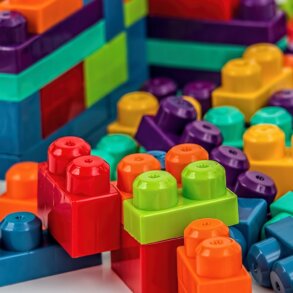By Sahana Chattopadhyay and originally published as a single article on medium.com
Part 2 of this article is here. Part 3 of this article is here.
Why emergent learning?
As I wrote in my earlier article: Intended learning happens from a place of knowing and against a set of specific goals. Emergent learning happens from a place of reflection and sense-making.
In today’s technology-facilitated and boundary-less world, emergent learning takes place at the intersection of ongoing human experience and tacit knowledge, technology, collaboration, complex and novel challenges, and conditions of uncertainty and ambiguity.
I believe holding space for emergent learning is one of the preconditions for creating a thrivable and anti-fragile organization, one which flourishes in the face of change and disruption by leaning into the emerging future.
I have written about designing organizations as interconnected communities to stay responsive and resilient here and here.
By embracing the power of networks and social platforms along with the affordances of mobile and cloud, distributed and boundaryless organizations can become platforms for emergent learning. When fully realized and supported, emergent learning can transform an organization — making it agile, adaptable, and resilient as well as responsive, innovative, and evolutionary.
Emergent learning is always contextual, collaborative, and goes beyond the norms of intended learning. It cuts across formal organizational structures and siloes and connects the inherent tacit knowledge and the ongoing collective experience, building a shared awareness of moving toward a larger Evolutionary Purpose for all concerned.
How is it different from continuous learning?
Creating a culture of continuous learning is something that all organizations strive for and wish to achieve. However, I am distinguishing between continuous learning and emergent learning thus:
Continuous learning — facilitated by technology, cooperation, and collaboration — keeps an organization efficient at delivering business as usual, building core skills, and spreading best practices across the organization.
This is essential to build a robust organization with a diverse knowledge pool, a culture of sharing, and learning agility. However. It doesn’t (most often) challenge existing paradigms or call for a shift in perspective — essential capacities in the face of the unknown.
When faced with complexity and ambiguity, learning from the past or continuing to build on existing knowledge doesn’t always work.
Emergent learning requires a different approach. It is about tapping into the as yet unknown and unsaid, sensing into what is wanting to be born, using collective sensemaking to manifest the “magic in the middle”.
It is a bit like donning a different set of lenses and seeing the world very differently. Enabling emergent learning requires organizations to shift from a mechanistic view to a living-systems view of organization design. I have written about this here.
Part 2 of this article is here.
Republished with permission.
Featured image taken from original article. Some block quoting and some paragraph spacing added by Enlivening Edge Magazine.
 Sahana is a Coach, Facilitator, Speaker, and Writer with a background in designing workplace learning experiences, and Organization Development.
Sahana is a Coach, Facilitator, Speaker, and Writer with a background in designing workplace learning experiences, and Organization Development.
Catalyst | Community Steward | Scribe to an emerging era… Exploring new ways of Being | Lover of mountains, rivers, forests, & seas.
Her passion is to help individuals, teams, and organizations hold space for emergence, and move towards their fullest potential. Reach her at [email protected]




